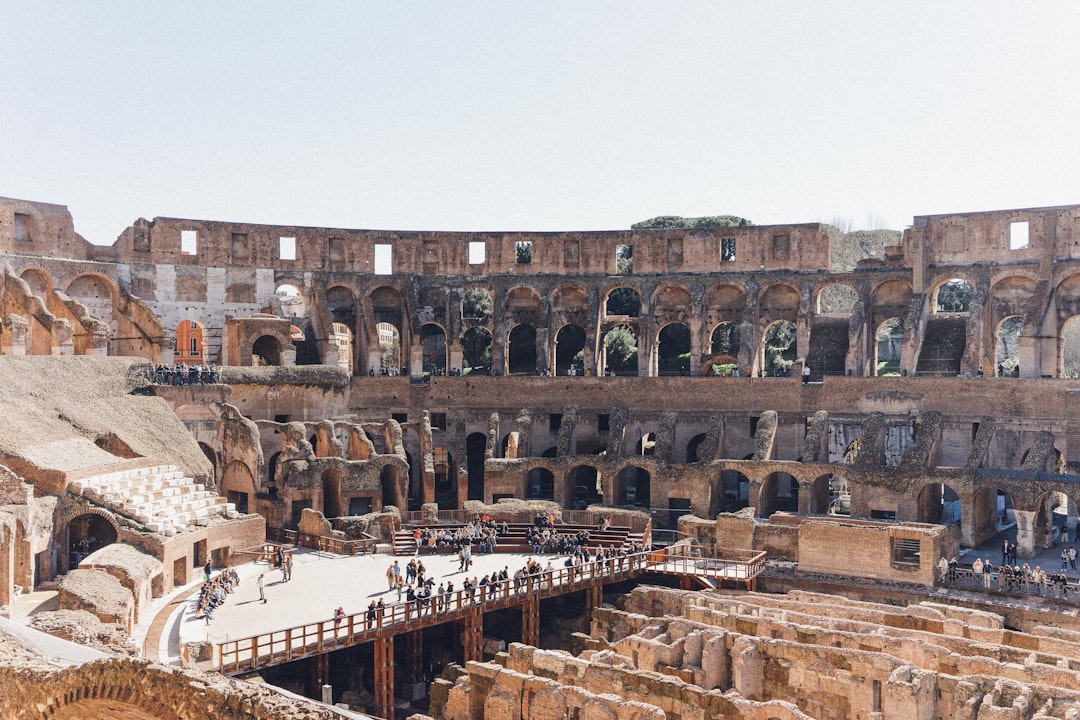
Introduction
The ancient world was home to some of the largest and most prosperous cities in history. Four of these great metropolises were Alexandria, Rome, Athens, and Constantinople. These cities were the center of commerce, culture, and political power in their respective eras, and their influence can still be felt today. Each city had its unique characteristics and served as a hub for trade, culture, and politics. It’s crucial to understand how the impact of these ancient cities has influenced the modern world we inhabit.
Four Megacities of Ancient World: An Overview
The ancient world was home to some of the greatest cities in history, which were centers of commerce, culture, and innovation. These metropolises, located in the Mediterranean region, were the hub of the ancient world and continue to captivate us today. From the bustling streets of Athens to the grandeur of Rome, these megacities have left an indelible mark on human history, and their ruins offer a glimpse into the vibrant urban life of the past. In this article, we will take a journey through time and explore the four great megacities of the ancient world.
The cities we will explore in this article were not only impressive in their size and scale but also in their cultural and technological advancements. From their architecture and engineering to their art and literature, these cities were the pinnacle of ancient civilization. While much of these cities may now lie in ruins, the remnants of their greatness still stand as a testament to their ingenuity and impact on the world. Here we take you on a journey through time, exploring the four megacities that were the heart of the ancient world, highlighting their unique characteristics, their contributions to the world, and their enduring legacies.
Alexandria: The City of Library and Trade
Founded by Alexander the Great in 331 BC, Alexandria was one of the greatest cities of the ancient world. It was strategically located at the mouth of the Nile, making it an important center for trade and commerce. The city was also home to the Great Library, which was the largest repository of knowledge in the ancient world. Alexandria was a center of learning and culture, attracting scholars, philosophers, and artists from across the Mediterranean.
Founded by Alexander the Great, Alexandria was once the intellectual and cultural center of the ancient world. With its famous Library of Alexandria and numerous great thinkers and philosophers, it was a hub of learning and knowledge in the Mediterranean.
Rome: The Magnificent Eternal City
Rome was the capital of the Roman Empire and the largest city in the ancient world. It was founded in 753 BC and went on to dominate the Mediterranean world for centuries. Rome was a center of art, culture, and politics, and it was home to some of the greatest works of architecture and engineering in history, including the Colosseum, the Pantheon, and the aqueducts. Rome’s influence can still be felt today in the languages, customs, and legal systems of modern Europe.
Perhaps the most famous of the four, Rome was the capital of the vast Roman Empire and the center of power and influence in the ancient world. It was known for its grand architecture, engineering feats, and military might, and its legacy can still be seen in the ruins of its ancient monuments and structures.
Athens: The Birthplace of Democracy
Athens was the birthplace of democracy and one of the most important cultural centers of the ancient world. It was home to some of the greatest philosophers, playwrights, and artists in history, including Socrates, Plato, and Aristotle. Athens was also a center of trade and commerce, and its port of Piraeus was one of the busiest in the Mediterranean. The city’s legacy can still be seen in the art, philosophy, and politics of the modern world.
Known as the birthplace of democracy, Athens was one of the most influential cities in ancient Greece. It was home to some of the most famous philosophers, playwrights, and artists of the time, and its legacy still reverberates throughout Western culture today.
Constantinople: The City of Two Continents
Constantinople was the capital of the Byzantine Empire and one of the most important cities in the ancient world. It was founded by Emperor Constantine in 324 AD and was strategically located between Europe and Asia, making it an important center for trade and commerce. Constantinople was home to some of the greatest works of art and architecture in history, including the Hagia Sophia and the Hippodrome. The city’s cultural and political influence can still be felt today in modern Istanbul.
Founded by Emperor Constantine in the 4th century CE, Constantinople was the capital of the Byzantine Empire and one of the most important cities in the world for over a thousand years. Its strategic location made it a vital center of trade and commerce, and its art, architecture, and culture continue to influence the world to this day.
Conclusion
These four great cities of the ancient world were the center of civilization and culture, and their influence can still be felt today. They were home to some of the greatest works of art, architecture, and engineering in history, and they were the birthplace of democracy, philosophy, and science. The legacy of these cities is still evident in the modern world, and they continue to inspire and fascinate people with their rich history and enduring cultural influence.





